- Learning time
- 10 minutes
- First play time
- 30 minutes
Great Plains
Designed by: Brett J. Gilbert,Trevor Benjamin
Great Plains is a head-to-head battle for dominance, with players taking on the identity of either snakes or foxes, and looking to outnumber their opponents on the plains of the title.
Setting up is simple; seven large tiles are laid together to form the board, and players take all the snakes or foxes, plus three starting cave tiles. The game begins with players taking turns to add their caves to designated spots on each board, and then play begins, which follows a very simple structure of taking turns to add one of your pieces to the board, placing it either next to one of your caves, or a previously-placed piece.
Your goal is to score the most points for the yellow plains spaces: each ‘plain’ scores a point for each hex it contains, plus a bonus point if it has a spring in it. So broadly speaking, you simply want to occupy most of these, ideally the larger spaces, or outnumber your opponent on plains you both occupy. Mountains (grey) can’t be occupied at all and and lowlands (green) won’t score you any points. As soon as all pieces are places, the game is over and players tally their scores, with any tied areas scoring nothing.
But there are a few wrinkles to consider. Although the lowlands don’t score you points, occupying them may well get you a valuable animal token: there are three and they’re all extremely helpful. The bird allows you to cross a mountain hex and occupy a space on the other side. The horse lets you gallop to a hex two spaces away (even if the one you ignore has an opponent in it) and the combative bear will literally push an enemy piece out of a hex: into an empty adjacent hex, or out of existence if it’s pushed into a mountain (or off the board). The animal tokens add a really dynamic feel to the game where things can change very quickly and players need to be on their toes. They’re also kind of dynamic themselves: there are a limited amount of tokens and you can only pick one up when they’re available: they do, however, become available again when either player spends one.
The guru's verdict
-
Take That!
Take That!
It's more combative than you might think. Every enemy turn feels like a threat! And those bears can be brutal
-
Fidget Factor!
Fidget Factor!
Low. Although decisions are meaningful, they don't usually take too long to make
-
Brain Burn!
Brain Burn!
Great Plains is very tactical: your goal is simple but every step of the way the challenge is to realise it while negating your opponent, ideally serving both ends with a single move if you can
-
Again Again!
Again Again!
The tiles are double-sided and set-up is completely random, meaning the board changes each time you play

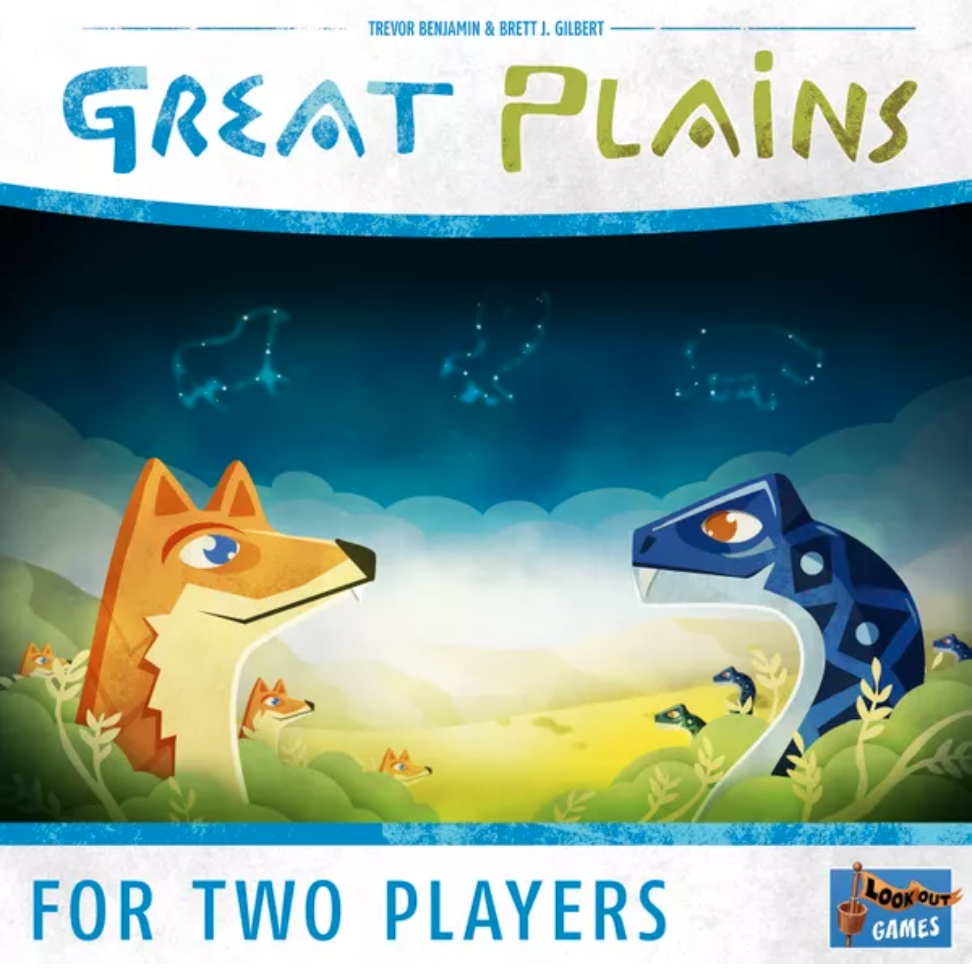
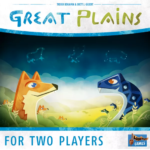
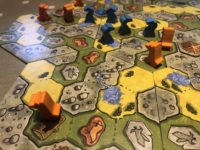
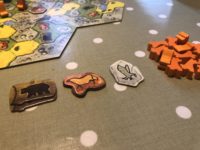




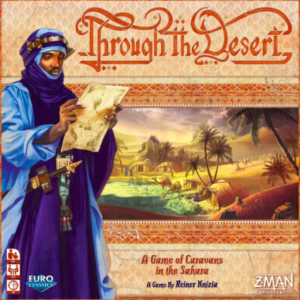



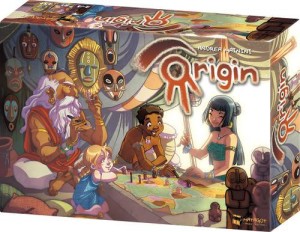
Sam says
I think Great Plains is great. Dynamic, heads-up, variable, simple rules and tough decisions. True, it's more puzzle than story, but this puzzle is a battle and a pleasingly unpredictable one at that, where the animal tokens always keep you on your toes. Although I don't tend to seek out two-player games, this is one I'd always be happy to play.